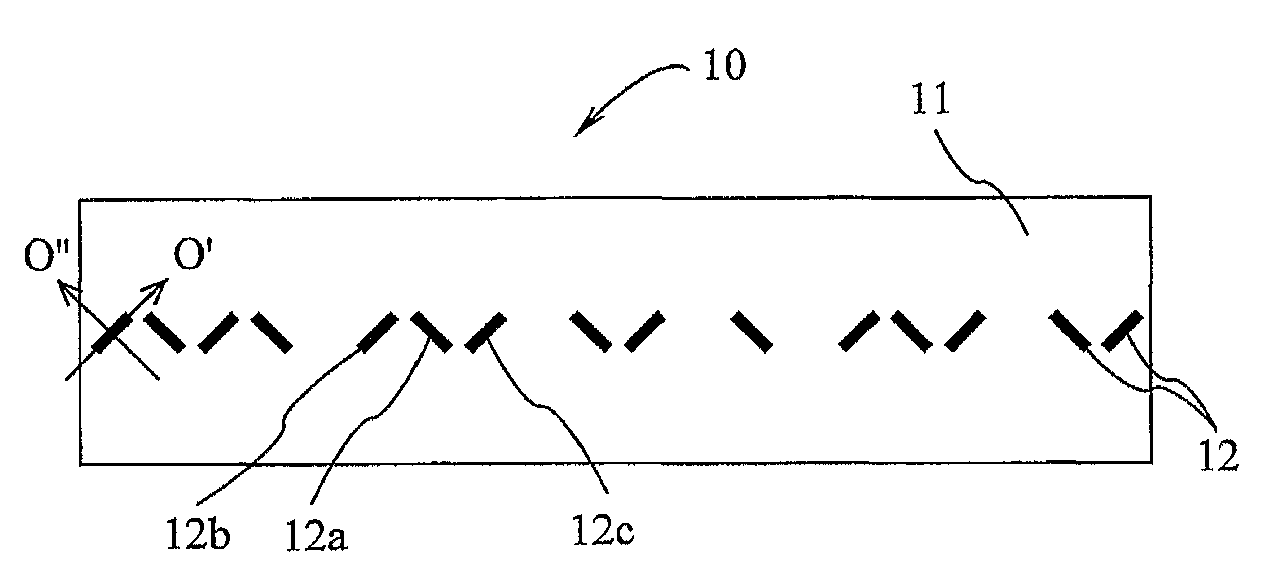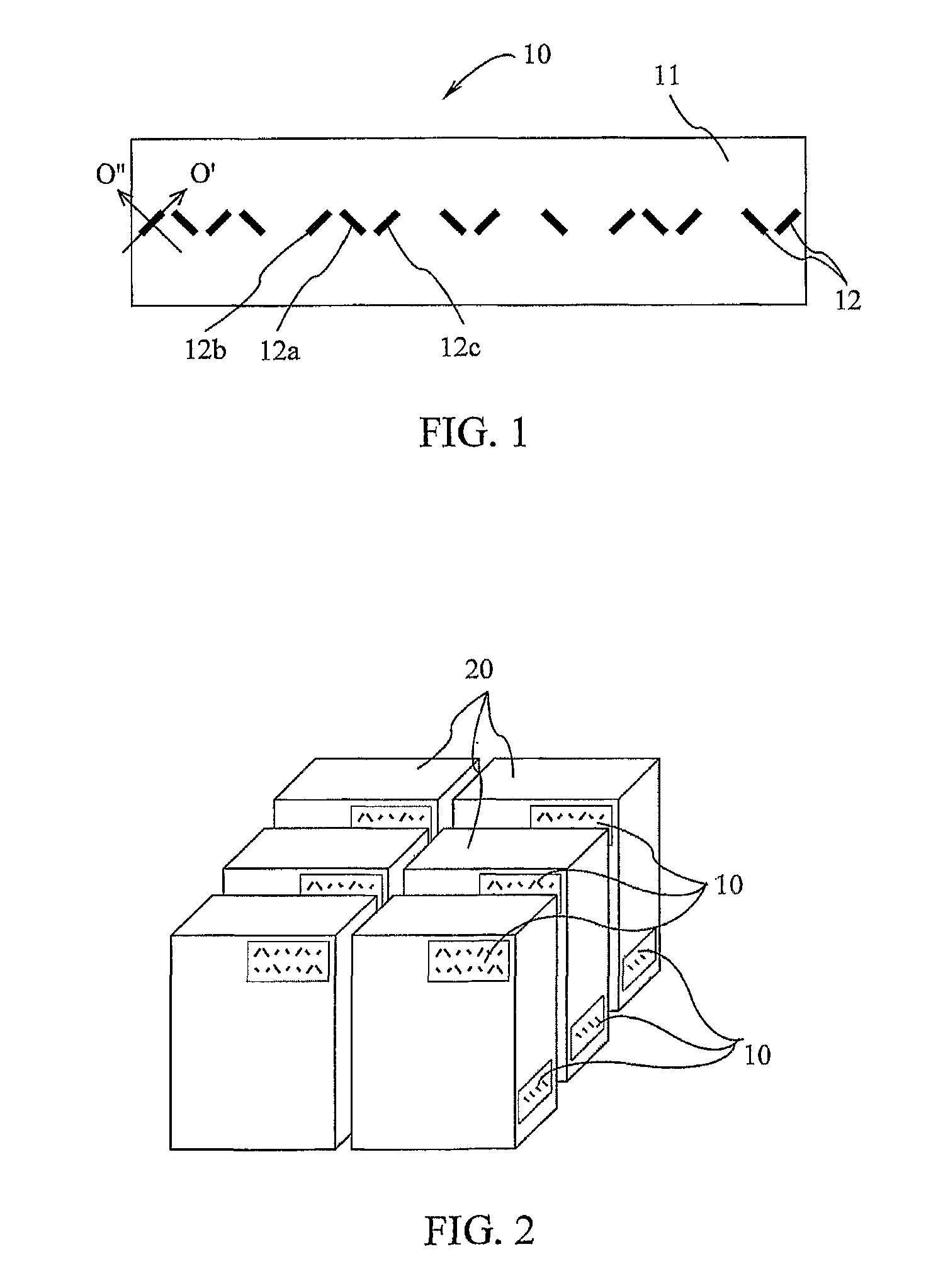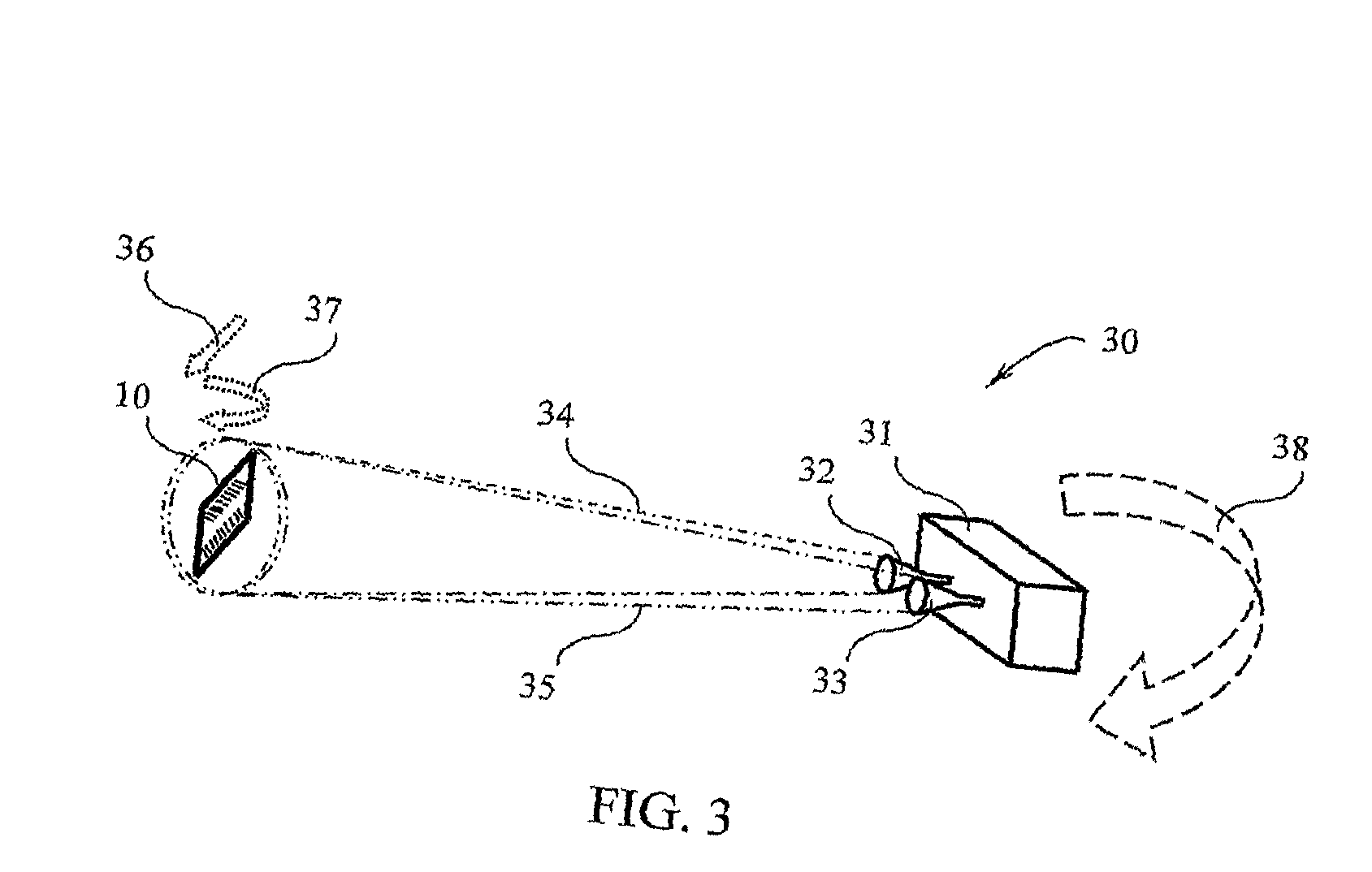Radio Frequency Identification System and Data Reading Method
a radio frequency identification and data reading technology, applied in the field of radio frequency identification (rfid) systems and encoding and decoding methods, can solve the problems of difficult and expensive implementation, phase information too sensitive to be relied on, and inability to encode information by using phase and polarization
- Summary
- Abstract
- Description
- Claims
- Application Information
AI Technical Summary
Benefits of technology
Problems solved by technology
Method used
Image
Examples
Embodiment Construction
[0095]The principles and operation of the radio frequency identification system and data reading method according to the present invention may be better understood with reference to drawings and the accompanying description. It should be understood that these drawings which are not necessarily to scale, and examples in the description, are given for illustrative purpose only and are not intended to limit the scope of the invention. The same reference numerals will be utilized for identifying those components, which are common in the multi-bit data carriers shown in the drawings throughout the present description of the invention. Examples of constructions, materials, dimensions, and manufacturing processes are provided for selected elements. Those versed in the art should appreciate that many of the examples provided have suitable alternatives which may be utilized.
[0096]The present invention describes a novel chipless RFID data tag that can be target interrogated and read by a rada...
PUM
 Login to View More
Login to View More Abstract
Description
Claims
Application Information
 Login to View More
Login to View More - R&D
- Intellectual Property
- Life Sciences
- Materials
- Tech Scout
- Unparalleled Data Quality
- Higher Quality Content
- 60% Fewer Hallucinations
Browse by: Latest US Patents, China's latest patents, Technical Efficacy Thesaurus, Application Domain, Technology Topic, Popular Technical Reports.
© 2025 PatSnap. All rights reserved.Legal|Privacy policy|Modern Slavery Act Transparency Statement|Sitemap|About US| Contact US: help@patsnap.com



